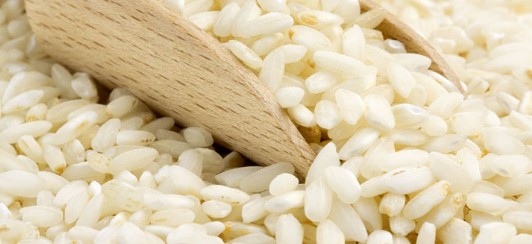Hey, rice lovers! Today I want to talk about another classic of Valencian cuisine: sénia rice.
Hey, rice lovers! Today I want to talk about another classic of Valencian cuisine: sénia rice.
This medium-grain (or semi-long) rice is a close relative of the bahía. If bahía is the superhero of the kitchen, sénia would be its sidekick in the battle against stickiness. It's widely used in Valencian rice dishes, like paella, and carries the seal of the Regulatory Council of the D.O. Arroces de Valencia. So, guaranteed quality!
What makes sénia special? Well, it’s super absorbent. It has a high content of amylopectin, which allows it to absorb all the flavors from the other ingredients, whether it's meat, seafood, or even a good broth. And since it has little amylose content, it’s not sticky at all. When cooked, it becomes a bit creamier, like that rice that makes you say, "Wow, this is so good!". But watch out, it’s also quite prone to overcooking (meaning it can easily become overdone if you’re not careful), so you need to control the cooking times and water ratio well.
To give you an idea, sénia absorbs 200g of water for every 100g of rice, meaning it doubles in weight just with the water. That's why it’s perfect for dry or creamy rice dishes, the kind that leave you speechless after every bite.
If you want to taste it and see the magic live, come enjoy it at the restaurant Cal Teixó in the heart of the Pyrenees. And, of course, you also have our rice menu to give us your best feedback. We’ll be waiting for your comments (and your stomachs)!
#ArrozSénia #RealPaella #ValencianRice #SéniaMagic

What are you waiting for? Make your reservation now.
Blog / Video / Recipes
- Selling rotisserie chickens to go
- Demystifying Paella: Don't Believe Everything You Hear!
- Hey, rice lovers! Today I want to talk about another classic of Valencian cuisine: sénia rice.
- I bring you a rice that is an authentic superhero of the kitchen: bomba rice.
- Hey, lovers of good food! I'm talking about one of my favorite rice varieties: bahía.
